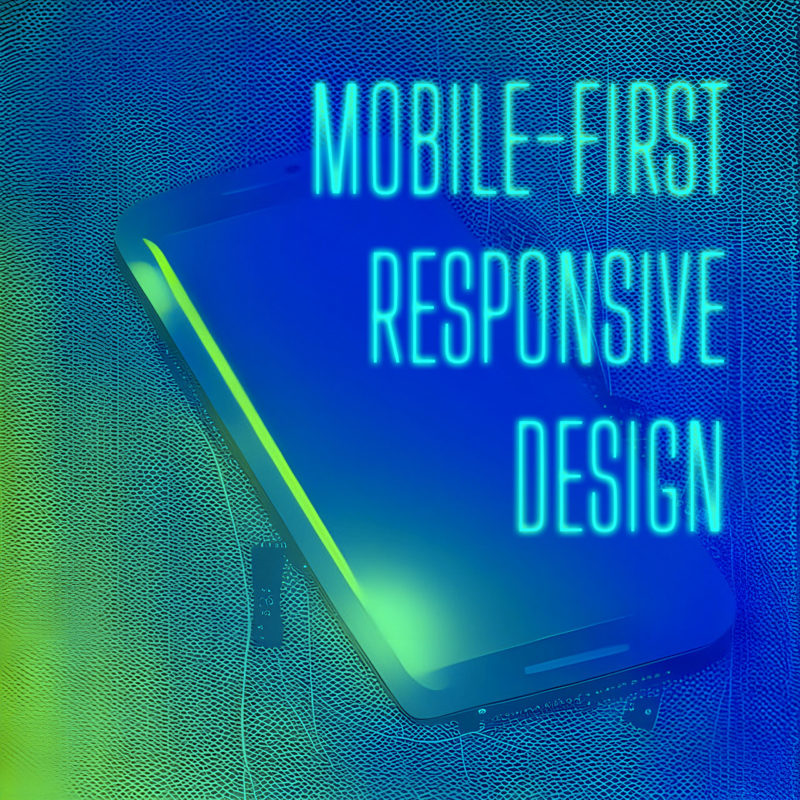
With more and more people accessing the internet on their mobile devices, it has become essential for website owners to design websites that are optimized for mobile. Mobile-first responsive web design is a design approach that prioritizes designing for the smaller screens of mobile devices first, and then scaling up to larger screens like desktops and laptops.
Mobile-first responsive design involves creating a website layout and content structure that is optimized for small screens, with features like easy-to-tap buttons, large fonts, and concise content. This approach ensures that the website is user-friendly and easy to navigate on mobile devices, where users are often on-the-go and looking for quick access to information.
Once the mobile design is established, the layout and content can be scaled up for larger screens using responsive design techniques. Responsive design involves using flexible grid layouts and scalable images and fonts that adjust to fit different screen sizes. This means that the website can be accessed and navigated on a variety of devices without compromising the user experience.
By designing for mobile first, website owners can ensure that their website is accessible to the widest possible audience, including those who primarily access the internet on their mobile devices. Additionally, mobile-first design can improve website loading times and reduce bounce rates, as mobile users are more likely to leave a website that takes too long to load or is difficult to navigate.
Mobile-first design can also improve website search engine rankings. Google’s algorithm prioritizes mobile-friendly websites, meaning that sites that are optimized for mobile are more likely to rank higher in search results.
Before the rise of mobile-first responsive design, web developers often created a separate mobile website to accommodate users accessing their website on mobile devices. However, this approach had several drawbacks. Having a separate mobile website meant that site owners had to maintain two separate websites, which was time-consuming and expensive. Additionally, mobile websites often had limited functionality and content compared to their desktop counterparts, leading to an inconsistent user experience. With mobile-first responsive design, website owners can create one website that is optimized for all devices, providing a consistent user experience and simplifying website maintenance. This approach is much more efficient and effective than creating a separate mobile website, and has become the industry standard for designing websites that work seamlessly across all devices.
Mobile-first responsive web design is a design approach that prioritizes creating a user-friendly and accessible website for mobile devices first, and then scaling up for larger screens. This approach offers numerous benefits, including improved user experience, faster loading times, and improved search engine rankings. By adopting a mobile-first approach, website owners can ensure that their website is optimized for the increasingly mobile-centric online world.
